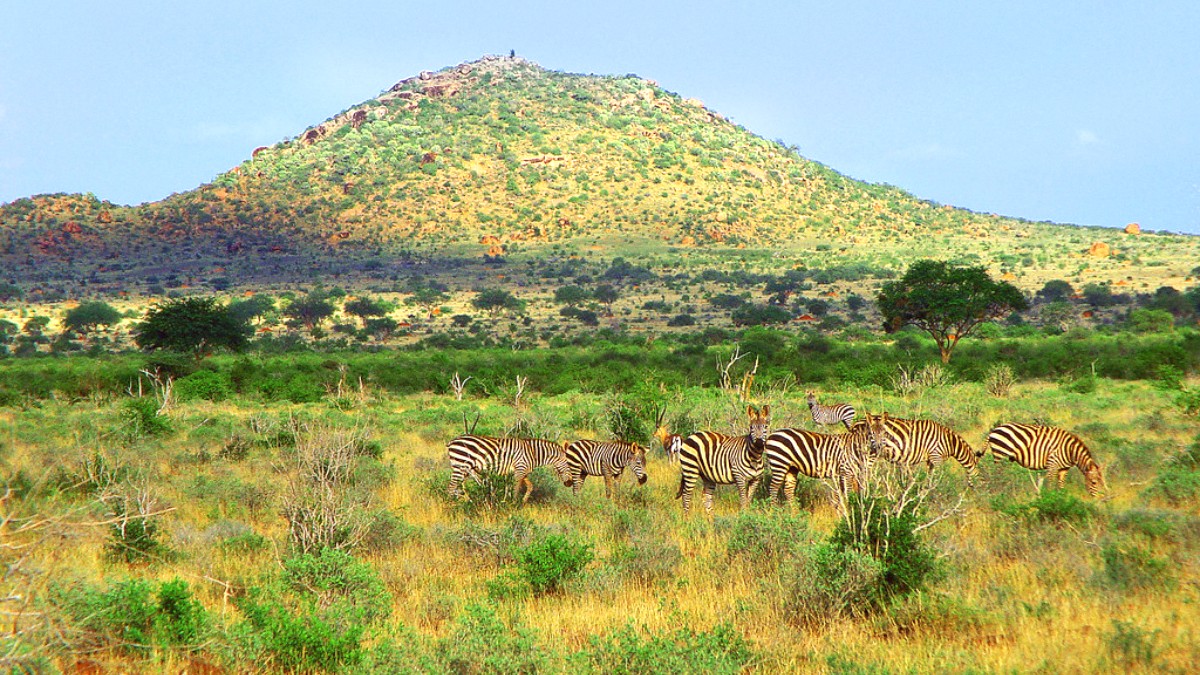
Kenya
For a long layover in Nairobi, explore highlights. A weekend getaway to Maasai Mara offers a concentrated safari experience.
This involves flying from Nairobi's Wilson Airport to a Maasai Mara airstrip, an initial game drive, camp check-in, and an afternoon game drive followed by sundowners.
Design a longer journey that delves into Kenya's diverse landscapes and cultural distinctions.
This itinerary merges Nairobi's urban attractions with a full Maasai Mara safari, followed by coastal relaxation.
This journey allows for immersion and diverse experiences, covering multiple parks and regions across Kenya and beyond.
Long-term stays are not typical for the Maasai Mara, as safaris generally last a few days. For longer trips, combine your Mara safari with extended stays in cities or exploration of other regions in Kenya or East Africa.
Your safari operator holds expertise in crafting itineraries that align with your available time and interests. They navigate the logistics of internal flights and road transfers seamlessly.
Many itineraries feature a mix of wildlife viewing, cultural visits, and relaxation. Booking components like day trips can be done via platforms like GetYourGuide.
The core of any safari, maximizing wildlife sightings.
Cultural immersion and interaction with local communities.
A unique aerial perspective of the Mara at sunrise.
Craft your journey to match specific interests and passions for a truly personalized adventure.
The Maasai Mara's main focus remains on wildlife. For a historical emphasis, combine your Mara safari with time in Nairobi and Kenya's coastal areas. For culinary exploration, concentrate your food experiences in Nairobi.
The Maasai Mara presents game drives, hot air balloon safaris, and walking safaris (in conservancies). Extend your adventure by considering treks or water sports.
The Maasai Mara presents an unforgettable experience for families. For wellness, the bush offers a serene setting for introspection.
Art and architecture are not a main focus for the Maasai Mara. For art, explore galleries in Nairobi. For architecture, focus on traditional and colonial buildings in Nairobi.
Your safari operator holds expertise in crafting itineraries that align with your available time and interests. They navigate the logistics of internal flights and road transfers seamlessly, ensuring a customized experience.
Always follow your guide's instructions during game drives and activities for your safety.
Consult your doctor regarding necessary vaccinations and malaria prophylaxis before travel.
Your budget guides the style and scale of your safari experience. Plan accordingly for a journey that meets your financial expectations.
For a value-driven journey, consider budget hostels in Nairobi and joining a group safari to the Maasai Mara. This typically involves stays in basic tented camps just outside the reserve.
Mid-range travelers find comfort in quality hotels in Nairobi and fly-in safaris to comfortable tented camps inside the Mara or a mid-range conservancy. Luxury experiences elevate every aspect of your journey.
Travel during the shoulder season for better rates. Joining group safaris distributes costs effectively.
Certain activities, like hot air balloon safaris, are premium experiences. Budget for these in advance if they are a priority for your trip.
Optimize your visit by understanding the unique characteristics of each season in the Maasai Mara.
July-October (Northern Hemisphere summer): This is peak time for the Great Migration's river crossings, presenting excellent general wildlife viewing as animals concentrate around water sources.
Explore during the long rains (April-May) for lush green landscapes, excellent birding, fewer crowds, and lower prices. Be prepared for muddy roads and potential rain disruptions, but photographic opportunities and a sense of solitude make for a fulfilling journey.
The Maasai Mara does not host specific tourist-oriented festivals or events that would significantly impact your safari experience.
Kenya experiences two main rainy seasons: the long rains (April to May) and the short rains (November to December). The dry seasons are from June to October and January to March.
The Great Migration is a year-round cycle, but its timing in the Maasai Mara depends on rainfall patterns and grass availability. The iconic river crossings typically occur between July and October.
During long rains (April-May), be ready for muddy roads and potential rainfall disruptions. Some camps may close.
Always confirm with your safari operator regarding road conditions and camp operational status during these periods.